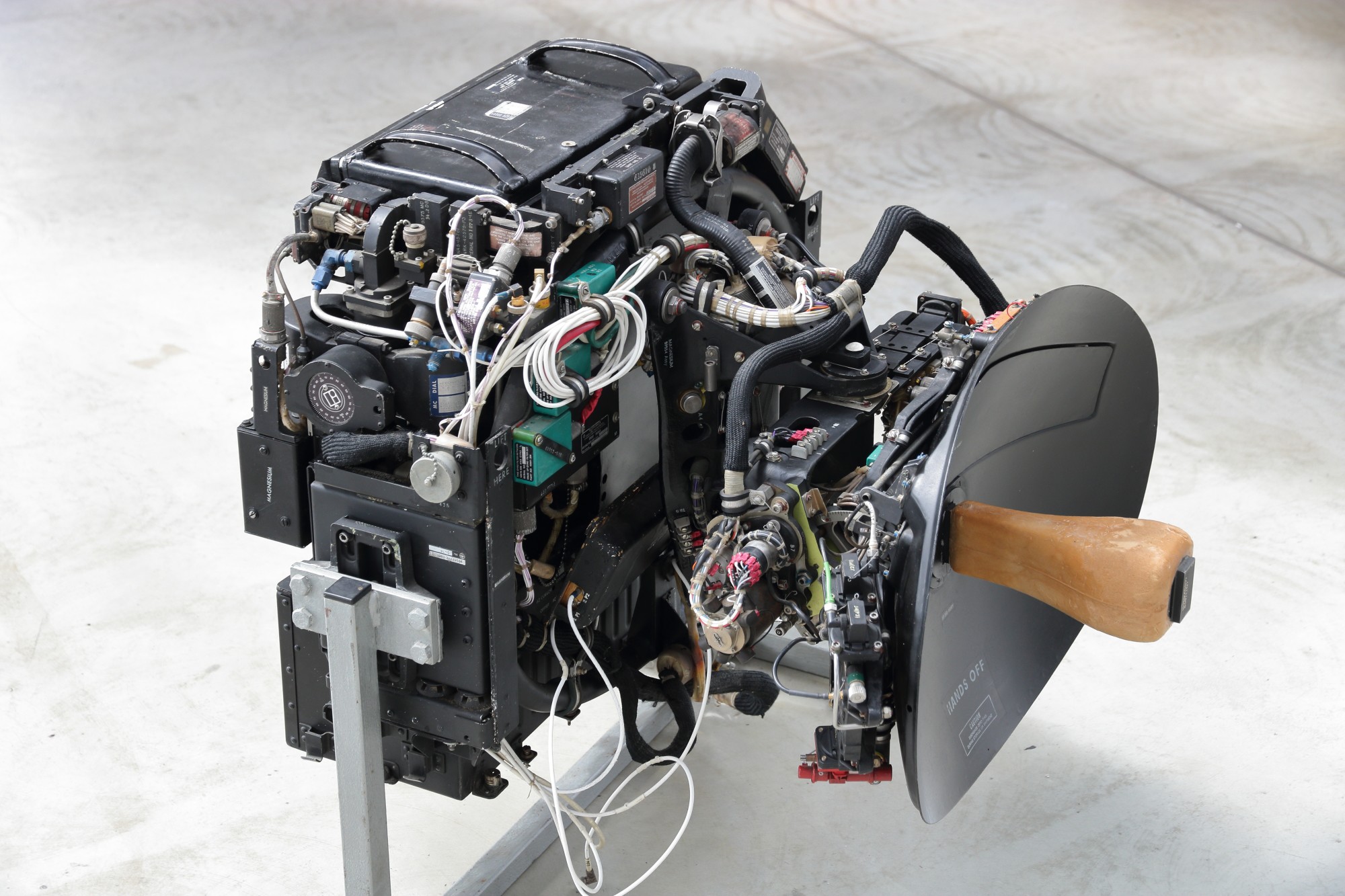What is an Actuator? A Beginner’s Guide
Did you know that the person that is credited with the linear actuator that we know today was Brent Jensen back in the 1970s? If you are wondering “what is an actuator?” then you are in the right place.
Keep reading to learn all the ins and outs of the different types of actuators and how they work.
What Is an Actuator?
First, let’s answer the main question – simply put an actuator is a device that makes something operate or move. The way an actuator works is that it receives a source of energy and then uses it to move something. There are many different types of actuators that you are probably coming in contact with on a daily basis and you are not even aware of it.
Everyday Examples
One great example of an actuator is the seat in your car. In most cars, you can move the car seat either backward or forward to adjust the seat to the size you need it to comfortably drive. What is moving your seat is an actuator.
Another example is the doors in some grocery stores and department stores. When the doors open automatically this is an actuator at work opening those doors for you. For those that love their fancy recliner – it is more than likely also using an actuator in order to open and close.
Types of Actuators
Valve automation uses two primary kinds of valve actuators. One type of actuator is called a rotary because it is able to move something in a circular motion. Another type of actuator is called linear because it is able to move something in a straight line.
The most common actuators in the industry include a hydraulic motor, an electric motor, or a pneumatic control valve. Electric actuators use a type of energy in order to operate while a hydraulic actuator uses a variety of liquids as their energy source.
Pneumatic actuators, on the other hand, operate with compressed air.
Components of an Actuator?
The main part that makes an actuator function is the power source. This is what gives the energy input the actuator needs to work. Then you have the power converter which supplies power from the source to the actuator according to what was set by the controller.
Next, you have the actuator which is the device that converts the supplied energy to the mechanical force. Then you have the mechanical load which is the energy that is converted by the actuator used to make the mechanical device function. The last part of the puzzle is the controller and this ensures that the system is able to function seamlessly for the end-user.
Feeling Like an Actuator Pro?
Now that you are more familiar with what is an actuator and the different types of actuators out there we hope that you now feel confident when it comes to understanding everything there is to know about actuators.
Did this blog post come in handy today? Please continue to browse the rest of this section for some more helpful reads.


